Dr Bill Crofts - WUSAT Missions
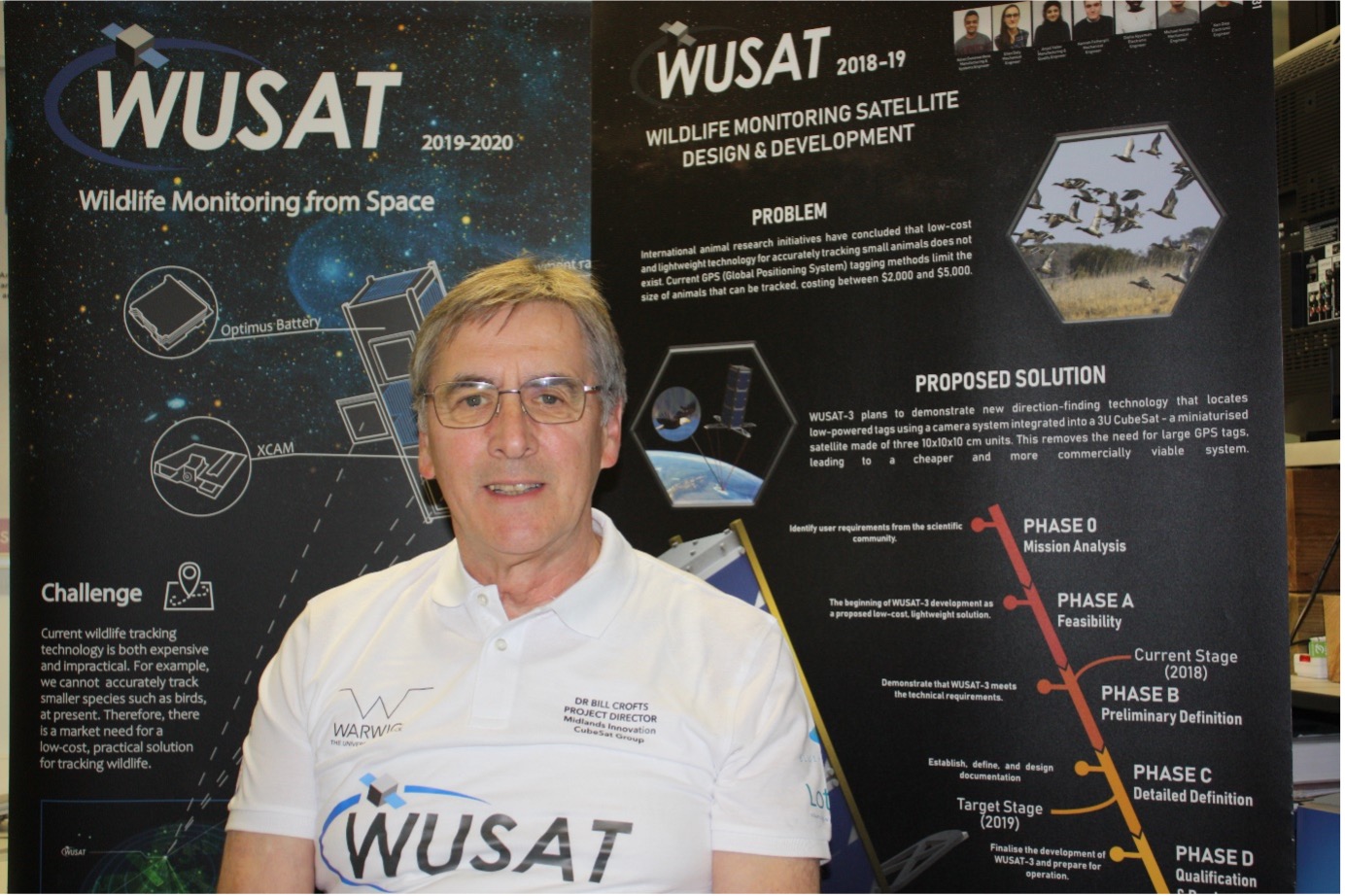
2006 – 2012
European Space Agency – Moon Orbiting Satellite (ESMO)
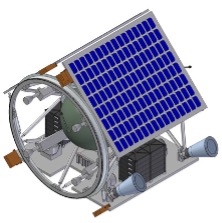
WUSAT teams formed the primary electrical power subsystem team for this ESA satellite in a mission that included 21 European Partners. ESMO was designed to carry a range of scientific payloads and WUSAT team members worked closely with Surrey Satellite Technology Ltd who were Prime Contractors for ESA.
2012 – 2013
WUSAT-1 High-Altitude Balloon Launch
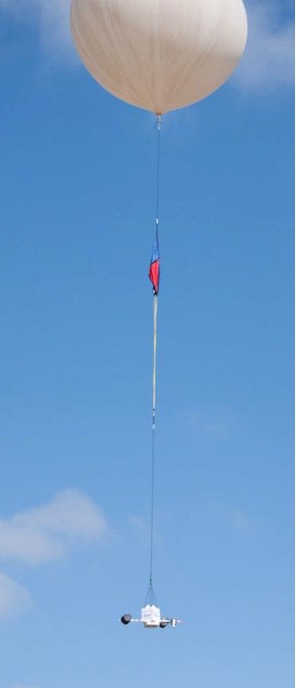
WUSAT’s 7th team launched our prototype single unit CubeSat via a high-altitude weather balloon from a CAA approved site near Welshpool. It successfully reached an altitude of 33,000 ft taking many excellent images and video clips during its journey. It was tracked to its eventual landing site in Warwickshire from where it was recovered.
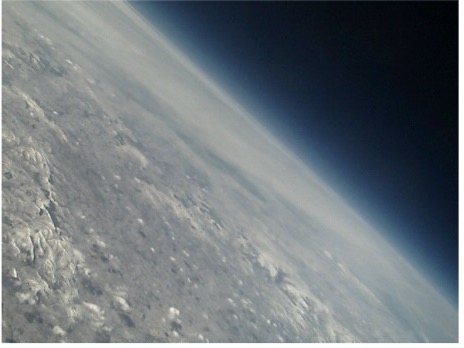
Image towards the Wirral Peninsula during WUSAT- 1’s ascent.

Image of balloon burst particles at 33,000ft.
2013 – 2015
WUSAT-2 European Space Agency – REXUS 17 Launch – 1U CubeSat
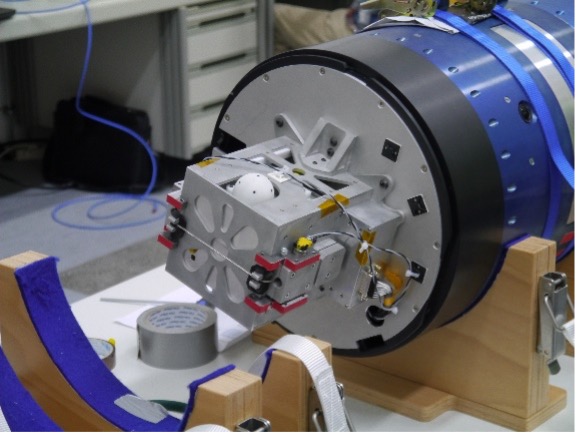
WUSAT-2 was a customised 1U CubeSat with integral ejection module. It carried a light- spectrometer payload (concept – Prof Don Pollacco, Physics) that detected light frequencies in the upper atmosphere and mapped the density of key atmospheric gasses. It was designed, built & operated by two WUSAT teams, and was launched from the Swedish Space Centre, ESRANGE in 2015.
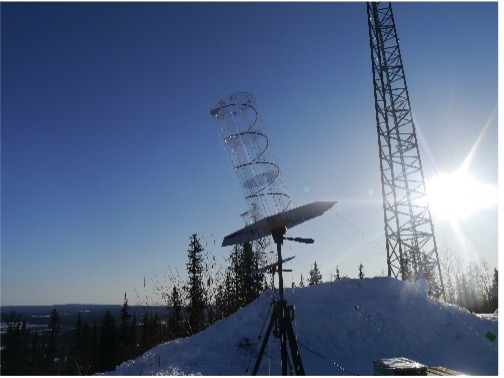
It transmitted its data to two helical antennae based near the launch site in Sweden and was the first of 17 such launches where an ejected payload was successfully operated from a REXUS launch.
2015 – Present
WUSAT-3 3U CubeSat to Test Improved Wildlife Tracking Technology
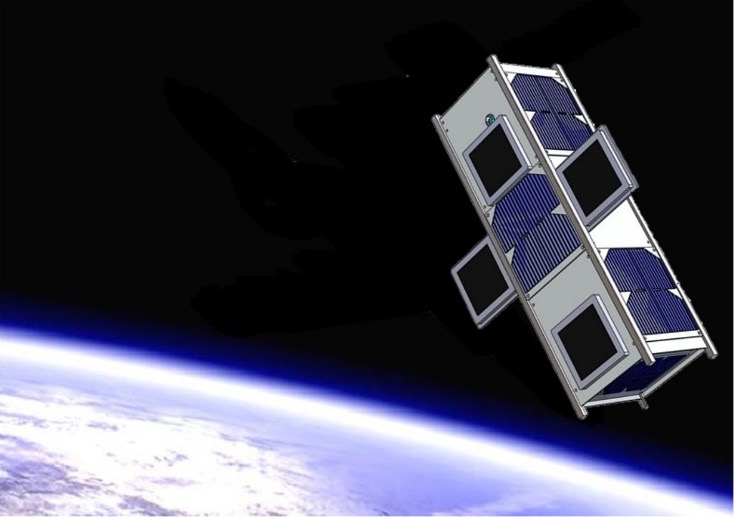
WUSAT-3 is being designed for operation in Low Earth Orbit where it will test a novel signal-direction finding payload. The principal aim of the mission is to determine if this system could be used to detect and monitor RFID tags used for Wildlife Monitoring. If the concept is proven, it could allow the development of much lighter, smaller tags that would enable a much wider range of species (especially small birds) to be monitored from Space. This would be a technological boost to conservation and research into biodiversity loss. Deployment into Low Earth Orbit is expected to be either via launch to the International Space Station (ISS Supply Ship) or direct to LEO (e.g. Vega-C launch).
